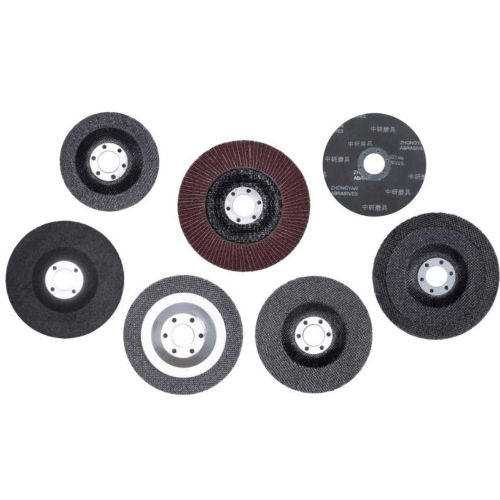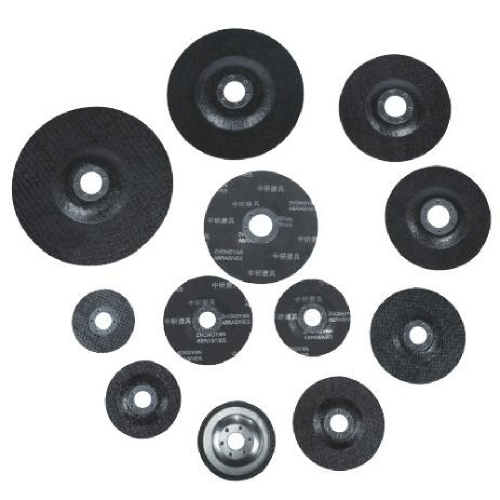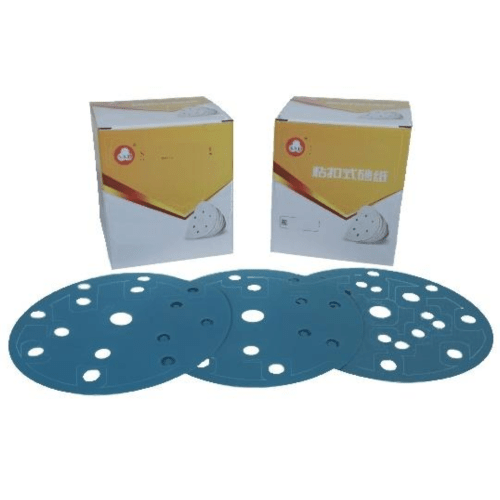wheel bonding
Wheel bonding represents a critical manufacturing process in automotive and industrial applications, where wheels are permanently joined to their hubs or other components using advanced adhesive technologies. This sophisticated process involves the application of specialized structural adhesives that create a robust and durable bond between different wheel components. The technology encompasses various bonding methods, including chemical adhesion, mechanical interlocking, and hybrid solutions that combine multiple bonding mechanisms. Modern wheel bonding processes utilize high-performance adhesives specifically engineered to withstand extreme conditions, including temperature variations, mechanical stress, and environmental exposure. The process typically involves surface preparation, precise adhesive application, and controlled curing conditions to ensure optimal bond strength. This technology has revolutionized wheel manufacturing by eliminating traditional mechanical fastening methods, resulting in lighter, stronger, and more efficient wheel assemblies. The process is particularly valuable in the production of lightweight wheels for electric vehicles, high-performance automobiles, and specialized industrial applications where weight reduction and structural integrity are paramount considerations.


